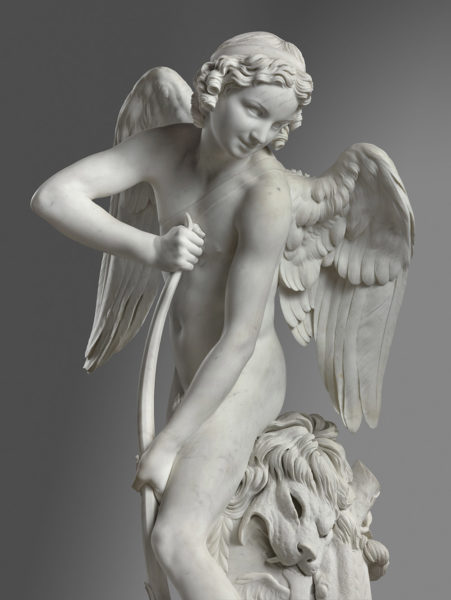Defined as “excellent, grand, beautiful, and worthy of great admiration,” sublime is the only appropriate word to describe a breathtaking exhibition at the Louvre in Paris. Who’s the extraordinary focus? Find out here.
Adroit with the brush, pencil, and chisel, French artist Edmé Bouchardon (1698-1762) was considered by his contemporaries as one of the greatest of artists of his time. While his renown continues to this day, Bouchardon is also known as one of the first major proponents of Neoclassicism — an art movement aimed at returning to classical Greek and Renaissance standards of representation.

The son of an architect and sculptor, Bouchardon was born into a creative family and — having clearly inherited some genetic talent — quickly found himself training at the Royal Academy of Painting and Sculpture in Paris as a young man. After his stint in Paris, Bouchardon travelled to Rome under the French Academy. As his reputation as a superior artistic talent rose, Bouchardon was eventually summoned back to France, at which time he was appointed Sculptor to the King.

The Louvre Museum — an institution that supported Bouchardon in his mature years — and the J. Paul Getty Museum in Los Angeles are currently paying tribute to Bouchardon during a stunning exhibition in Paris. Titled “The Sublime Idea of Beauty,” the exhibition features a variety of drawings and sculptures and is the first major monograph on Bouchardon’s oeuvre. Via the Louvre: “This exhibition will be an opportunity to comprehend the sculptor’s style, a perfect balance between classical influence and life-like rendering.”
The exhibition is currently on view through December 5. To learn more, visit the Louvre Museum.
This article was featured in Fine Art Today, a weekly e-newsletter from Fine Art Connoisseur magazine. To start receiving Fine Art Today for free, click here.







